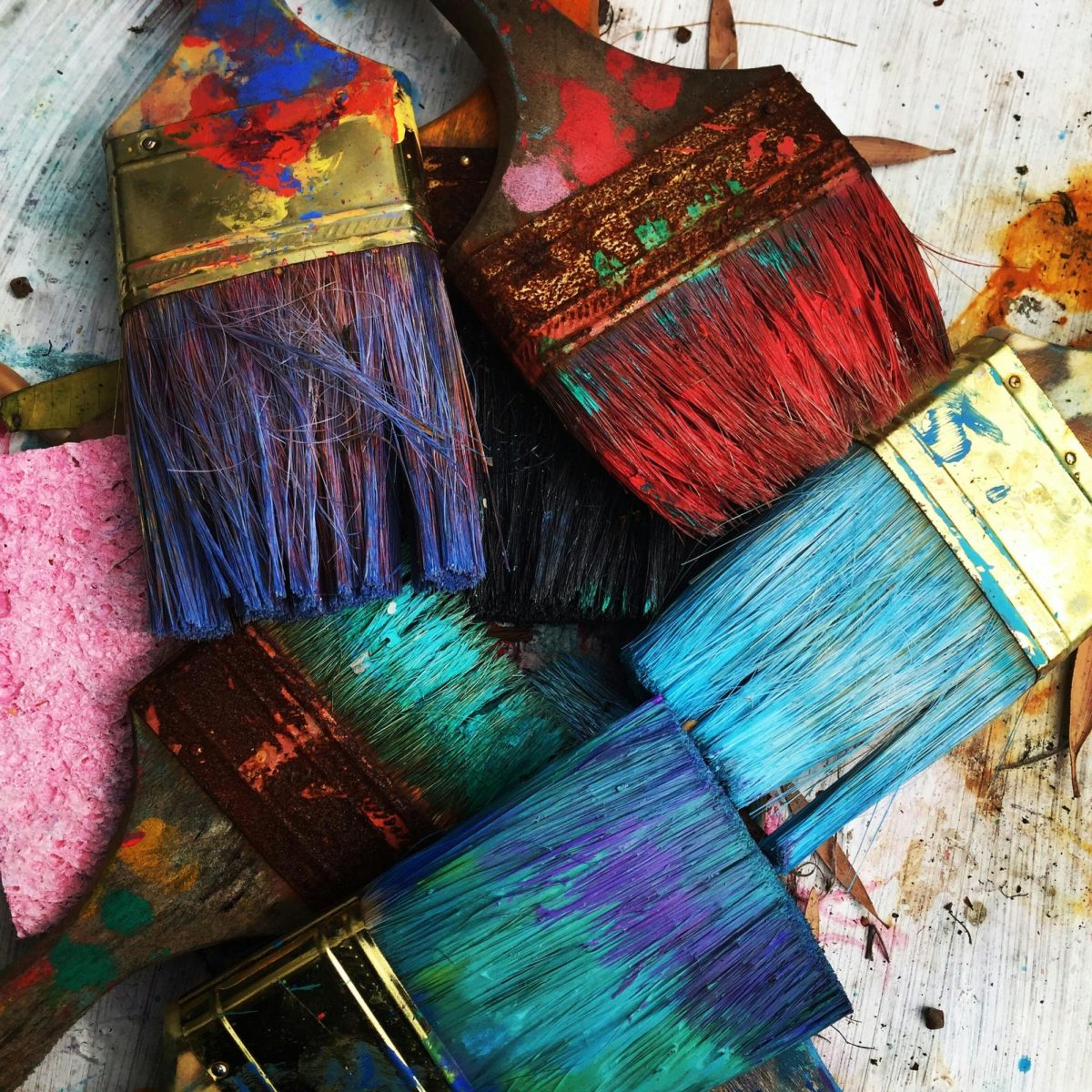The once-bustling art market has recently experienced a notable decline in both price and demand. After years of record-breaking sales, the industry has been hit with a number of changes and challenges, resulting in a drastic shift in dynamic.
Last year, global auctions of fine art fell 27% from 2022—the art market’s first contraction since the start of the pandemic in 2020—and the average price dropped 32%, marking the biggest decline in seven years, according to ArtTactic.
Recent economic fluctuations, such as high inflation and interest rates, have driven away the purchases of collectors and investors. In the face of financial instability, these buyers tend to prioritize more secure investments over high-risk, high-price artwork.
Not only has demand for art dried up, but artists are also combatting the issue of overproduction. The saturated art market has diluted the value of an individual piece in the consumers’ eyes, making it difficult for artists to differentiate their work.
Starting in 2020, junior Margarita Belova of Marlboro has been selling paintings, digital prints, jewelry and press-on nails through various outlets. She prioritizes individuality in her art above all else.
“There are a lot of works that are similar to things I have made,” Belova said. “The most important thing for me is to be unique in what I do and how I do it.”
Not only must artists stand out amongst competitors, but they must grapple with the ever-evolving preferences of consumers. In the age of media and microtrends, products quickly fall in and out of style, heavily impacting the prices of older or less fashionable artwork. Artists often find it difficult to remain stable in their success and popularity, and struggle to build a defined image for themselves.
Belova comments on how the ever-shifting tastes of consumers affect the style of her creations.
“During quarantine, when I made most of my sales, people loved buying paintings and prints to decorate their rooms,” Belova said. “Now, I have had to adjust to selling things such as jewelry and press-on nails, or painted tote bags and clothes.”
Once-thriving artists must now also navigate the rise of technology and its disruption on the art industry. The rise of digital art and online marketplaces have revolutionized art and how it is created, as well as sold. This shift has blurred the lines on what constitutes as traditional art and the efforts that go into making it.
Additionally, social media and its trends have impacted the commercial value of pieces.
Senior Katelyn Sandvik of Manalapan has sold handmade jewelry on Etsy since 2021. She discusses how artists must adapt to consumers affected by the digital world and their demands in order to find long-term success.
“Trends tend to be driven by social media,” Sandvik said. “The best selling items on my shop are two things that went viral on TikTok, so now I tend to make things based around what is viral. If an artist is trying to find long-term success or maximize sales, they will always be adapting.”










